AO Edited
Emmett Till Historic Intrepid Center
Young Emmett Till's tragic story, which sparked America's civil rights movement, is retold near the site where it occurred.
On August 28, 1955, a 14-year-old boy from Chicago named Emmett Till was murdered in the Mississippi Delta, on the spurious grounds of whistling at a white woman. The woman’s husband and half-brother abducted him from his home and held him prisoner, beating and killing the boy and then throwing his remains into the Tallahatchie River weighted down by the fan from a cotton gin. Emmett’s mother, Mamie Till-Mobley, made the brave decision to share her grief publicly, publishing photos of the boy’s body in Jet magazine. The shock and revulsion of the crime was one of the key flashpoints of the American civil rights movement.
When retelling Emmett Till’s story, do the details matter? Which bridge was he thrown from? Where was he held in his final moments? While these facts do not affect the overall truth of the story, they make a great impact upon those left behind. That piece of the narrative is told at the Emmett Till Historic Intrepid Center, or the E.T.H.I.C. Museum, located in Glendora, Mississippi.
The E.T.H.I.C. Museum interprets the facts of the Till case through experiences. The museum is housed in the former Glendora Cotton Gin. The museum claims that the fan used in the Till murder came from this facility, and that Till was thrown into the river nearby from the Black Bayou Bridge, where it was carried to Graball’s Landing. The Mississippi Department of Archives and History has contested these claims.
Here, it is important to note that the E.T.H.I.C. Museum is the vision of one man, Johnny B. Thomas, the longtime mayor of Glendora. Thomas claims to be the son of Henry Lee Loggins, who was present at the crime, but both of those details are murky as well. The piece that is crystal clear, however, is the crippling inequity that has seized Glendora, where nearly every resident lives below the poverty line. The museum and the civil rights tourism generated from its existence is a lifeline for much of the money coming into the town, and Mayor Thomas has vigorously contested for decades that Glendora is central to Till’s story to support its place as an economic engine for its revival.
With the renewal of interest in Till’s story in the early 2020s, and the establishment of the Emmett Till and Mamie Till-Mobley National Monument in 2023, more eyes have been cast upon the town. Due to its uncertain provenance, the E.T.H.I.C. Museum is not part of the National Monument, however, the building’s authenticity is less important than the power and vigor of the history it interprets. Visitors can expect to find recreations of many of the most striking locations from the lynching, including Till’s Mississippi guest bedroom, the Bryant’s Grocery where the inciting incident occurred, and his coffin. The tour will be led by a guide, usually either Mr. Thomas himself or a local Glendora resident. And visitors will be expected to purchase merchandise, including a book of Glendora’s history written by Mr. Thomas himself.
While some of the museum’s claims may be under dispute, the collection is straightforward and faithful to the broader history of the time, and the museum has now been in existence long enough to develop its own history as one of the original museums interpreting this time and place. To the degree that any piece of this feels exploitative, one must think of Mamie Till-Mobley’s own decision to share her private grief with the world. The cost of one’s own discomfort is nothing compared with the clarity of a greater understanding of the eternal struggle towards equality and justice for all.
Know Before You Go
Check the website for hours and admission fee information. Guests are expected to first watch a video before entering the museum's exhibit. Photography is not allowed inside the museum.
Plan Your Trip
The Atlas Obscura Podcast is Back!






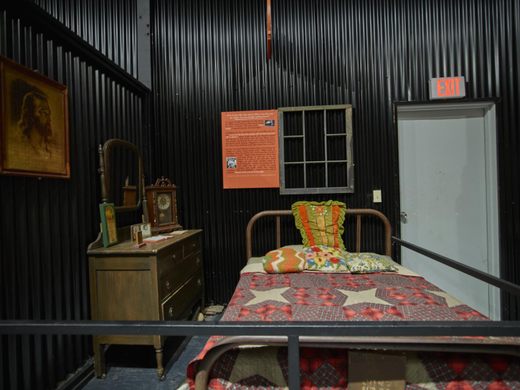
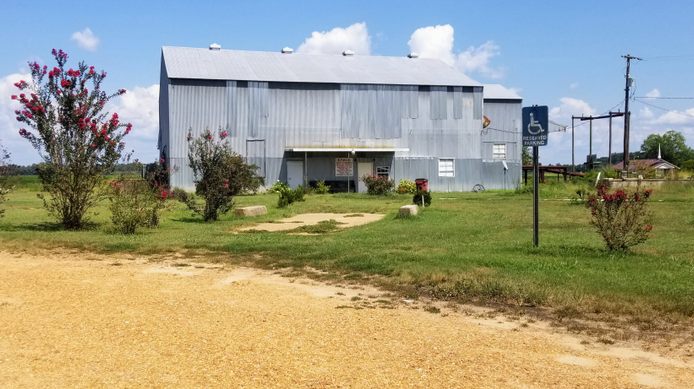


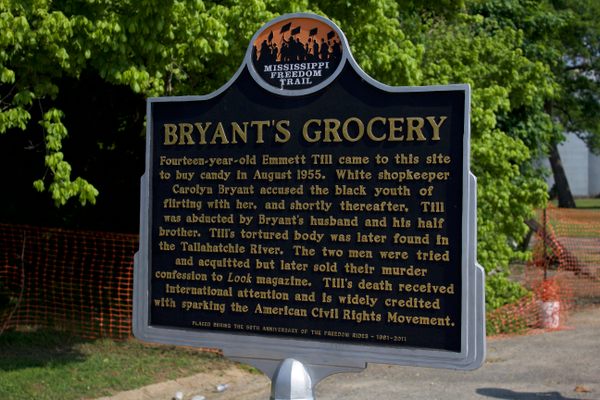


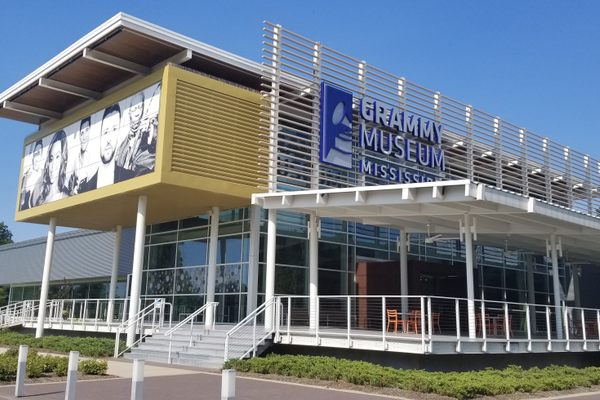

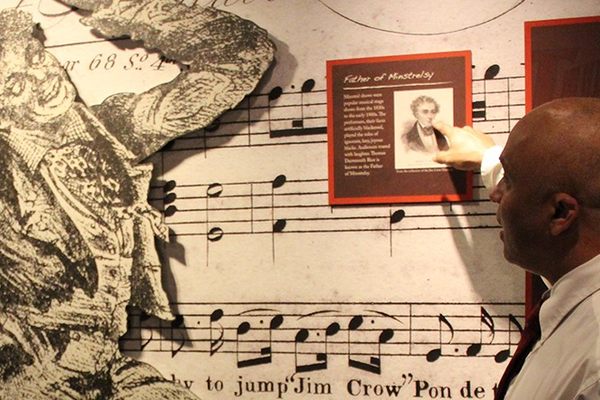
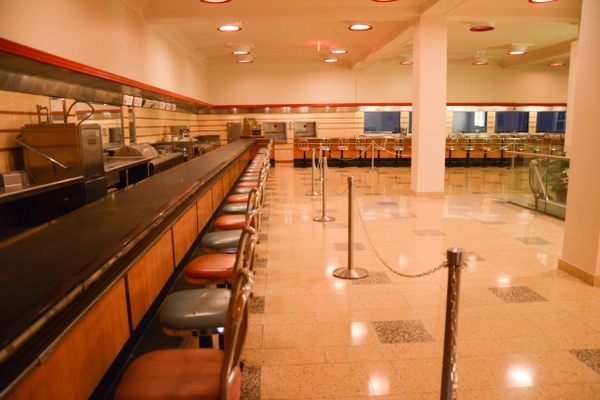


Follow us on Twitter to get the latest on the world's hidden wonders.
Like us on Facebook to get the latest on the world's hidden wonders.
Follow us on Twitter Like us on Facebook